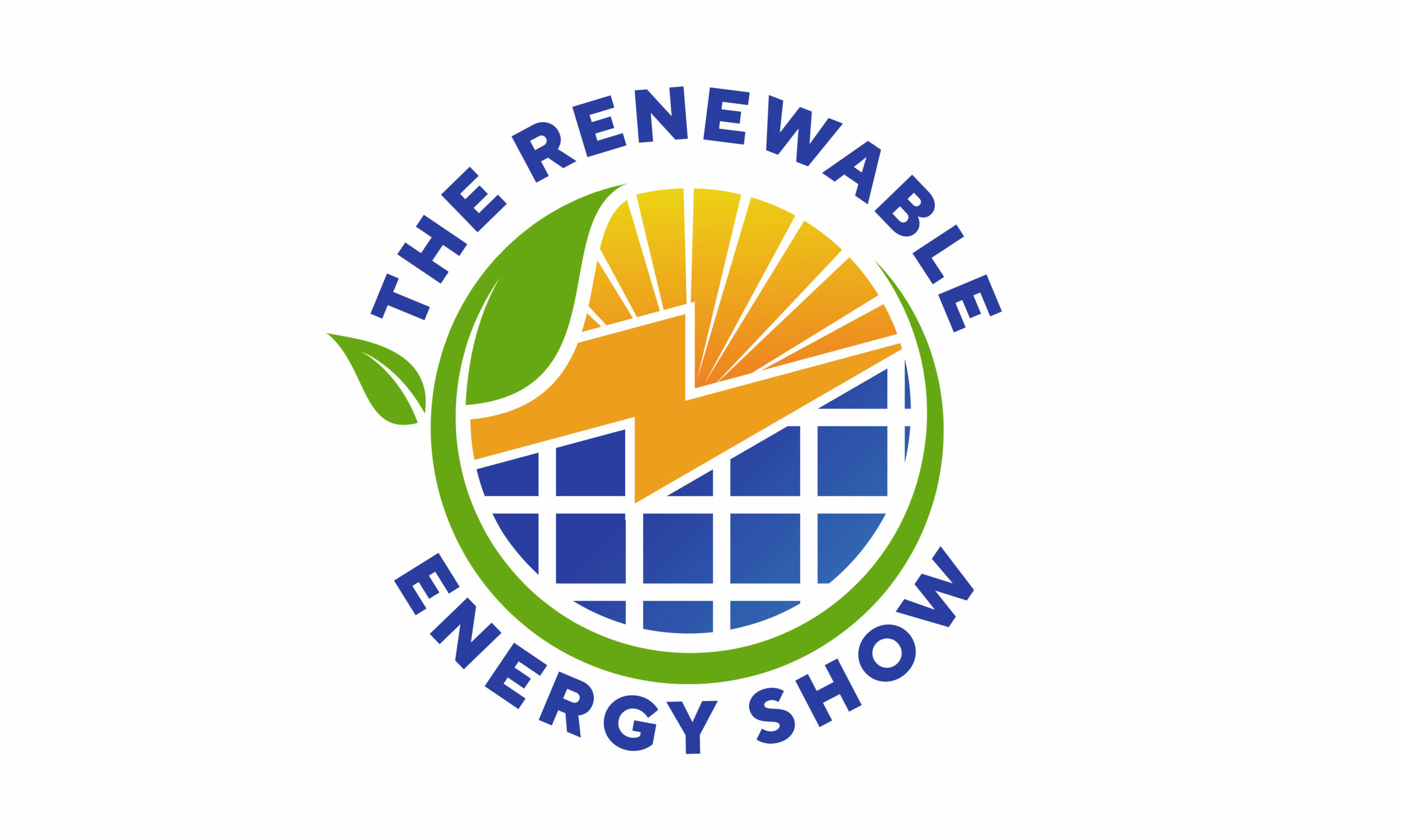As the world grapples with the challenges of climate change, energy security, and economic growth, the importance of renewable energy policies cannot be overstated. Over the past decade, there has been a significant shift towards harnessing the power of solar, wind, hydro, and geothermal energy to reduce our reliance on fossil fuels and mitigate the negative impacts of energy production on the environment. But what drives these policies, and how are they shaping the energy landscape?
In the early 2000s, renewable energy policies were largely driven by government initiatives aimed at addressing specific environmental concerns, such as reducing greenhouse gas emissions and promoting energy efficiency. However, as the cost of renewable energy technologies began to decline, the focus shifted towards creating a level playing field for these technologies to compete with fossil fuels. Today, renewable energy policies are increasingly driven by the imperative of energy security, economic growth, and sustainable development.
One of the key drivers of renewable energy policies is the European Union’s (EU) Renewable Energy Directive, which sets binding targets for each member state to increase their share of renewable energy in the energy mix. This has led to a surge in investments in solar and wind energy, with countries like Germany and the UK becoming global leaders in renewable energy production. Similarly, in the United States, the renewable portfolio standard (RPS) policies have been instrumental in driving growth in the solar and wind industries, with states like California and Texas leading the charge.
Another significant development in renewable energy policies is the emergence of carbon pricing mechanisms, such as carbon taxes and cap-and-trade systems. These mechanisms aim to put a price on carbon emissions, making fossil fuels more expensive and renewable energy more competitive. The EU’s Emissions Trading System (ETS), for example, has been instrumental in driving the transition to low-carbon energy in the region.
In addition to these top-down policies, there has been a growing focus on enabling renewable energy technologies through supportive regulations and incentives. Net metering laws, for instance, allow households and businesses to generate their own renewable energy and sell any excess back to the grid. Similarly, tax credits and grants have been instrumental in supporting the development of renewable energy projects, particularly in the United States.
Despite these advances, there are still significant challenges to be addressed. One of the major hurdles is the intermittency of renewable energy sources, which can lead to grid stability issues. To address this, policymakers are increasingly focusing on energy storage technologies, such as batteries, to smooth out the variability of renewable energy output.
Another challenge is the need for greater integration of renewable energy into the existing energy infrastructure. This requires significant investments in grid modernization, including the deployment of smart grids and advanced metering infrastructure. Policymakers are also exploring new business models, such as community-based renewable energy projects, to increase the participation of citizens in the energy transition.
As the world continues to grapple with the challenges of energy security, climate change, and sustainable development, renewable energy policies will remain a crucial tool in shaping the energy landscape. By creating a level playing field for renewable energy technologies, supporting innovation and investment, and addressing the challenges of grid integration, policymakers can help ensure a sustainable energy future for all.
